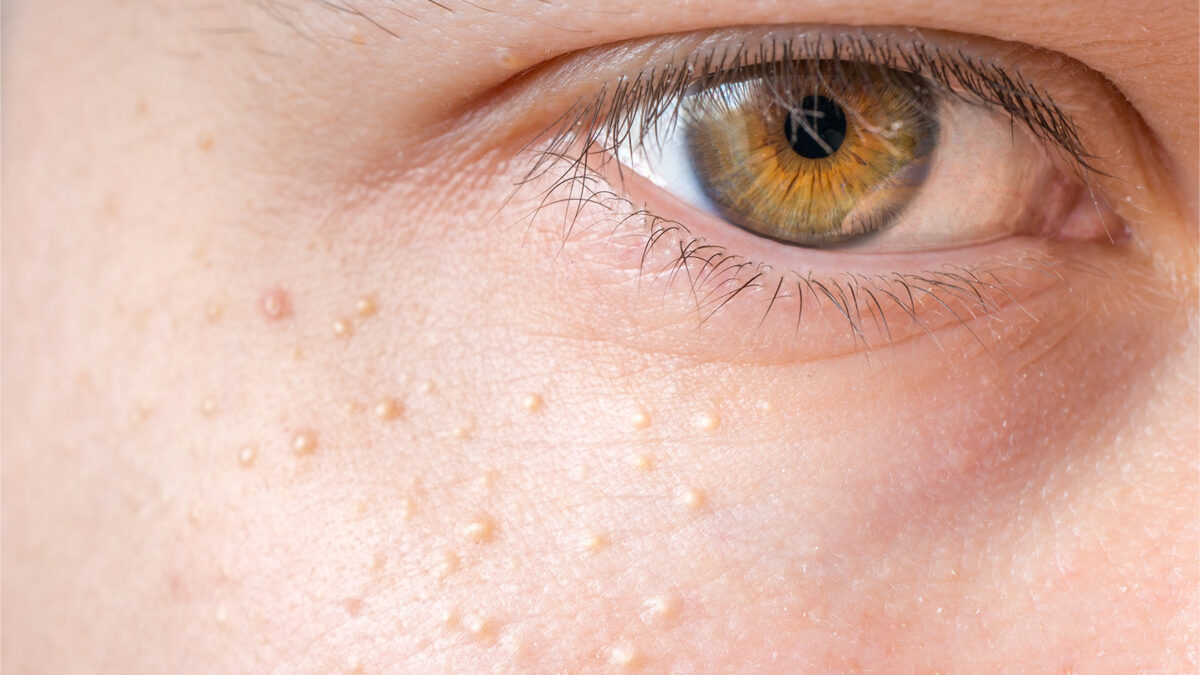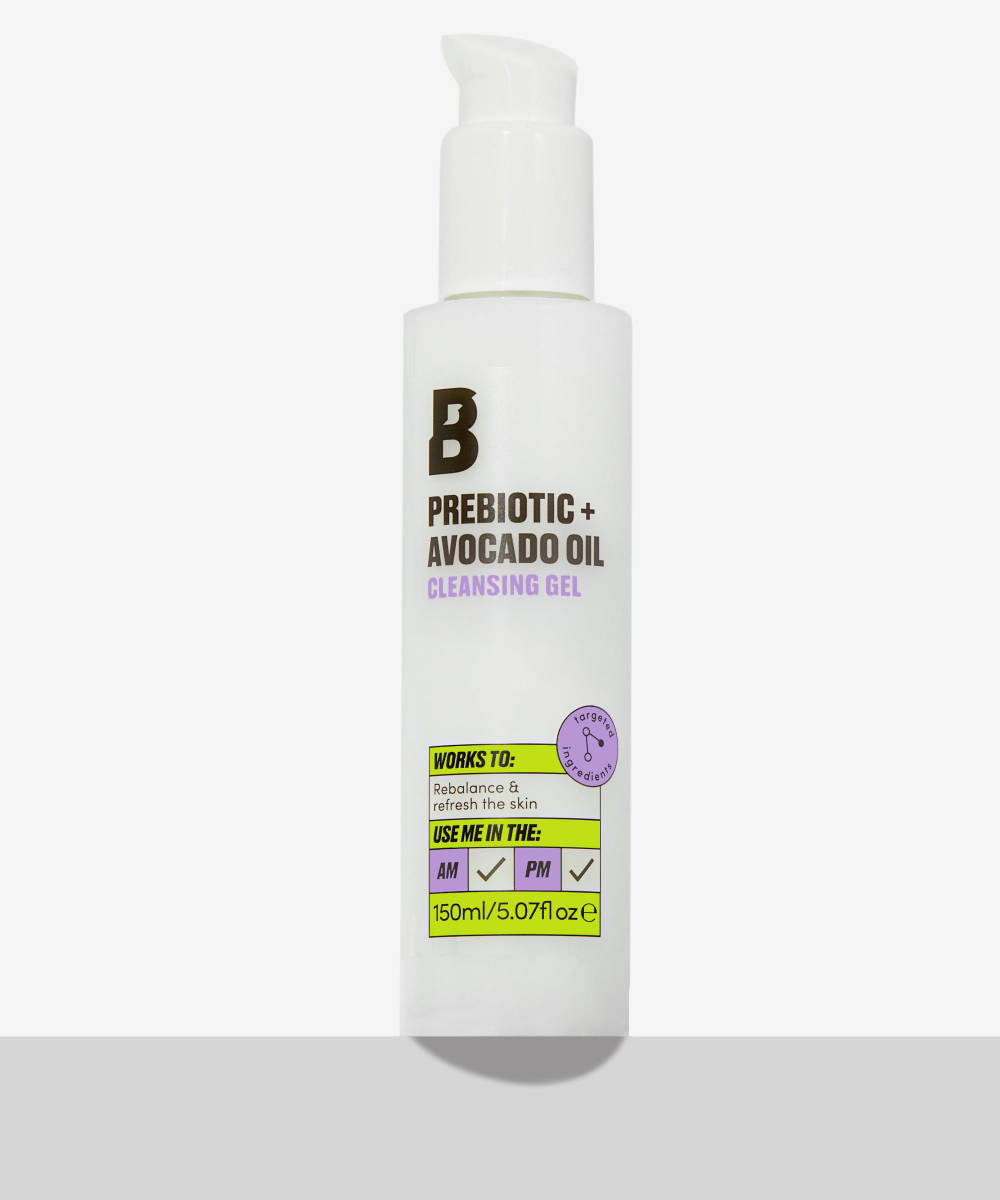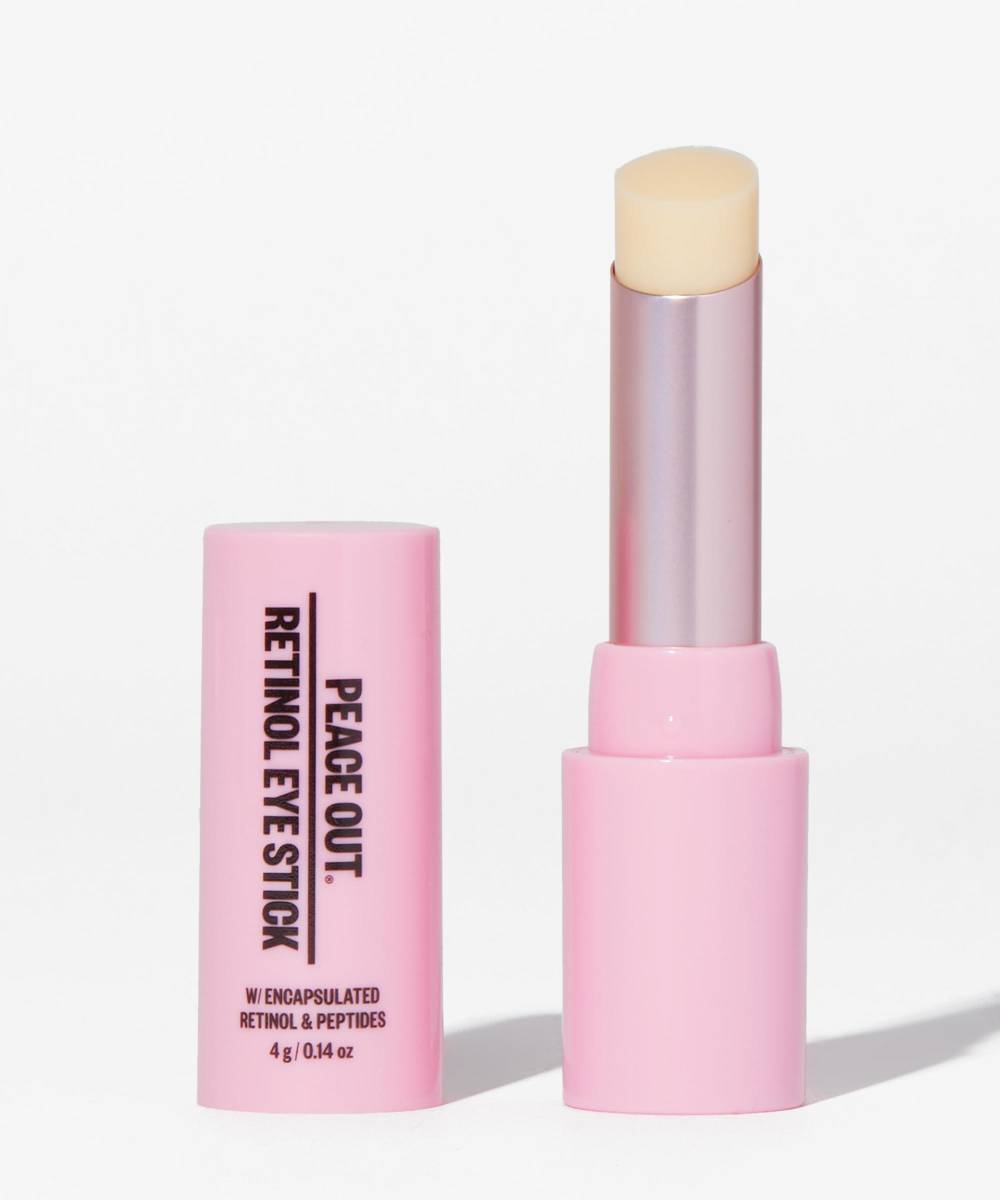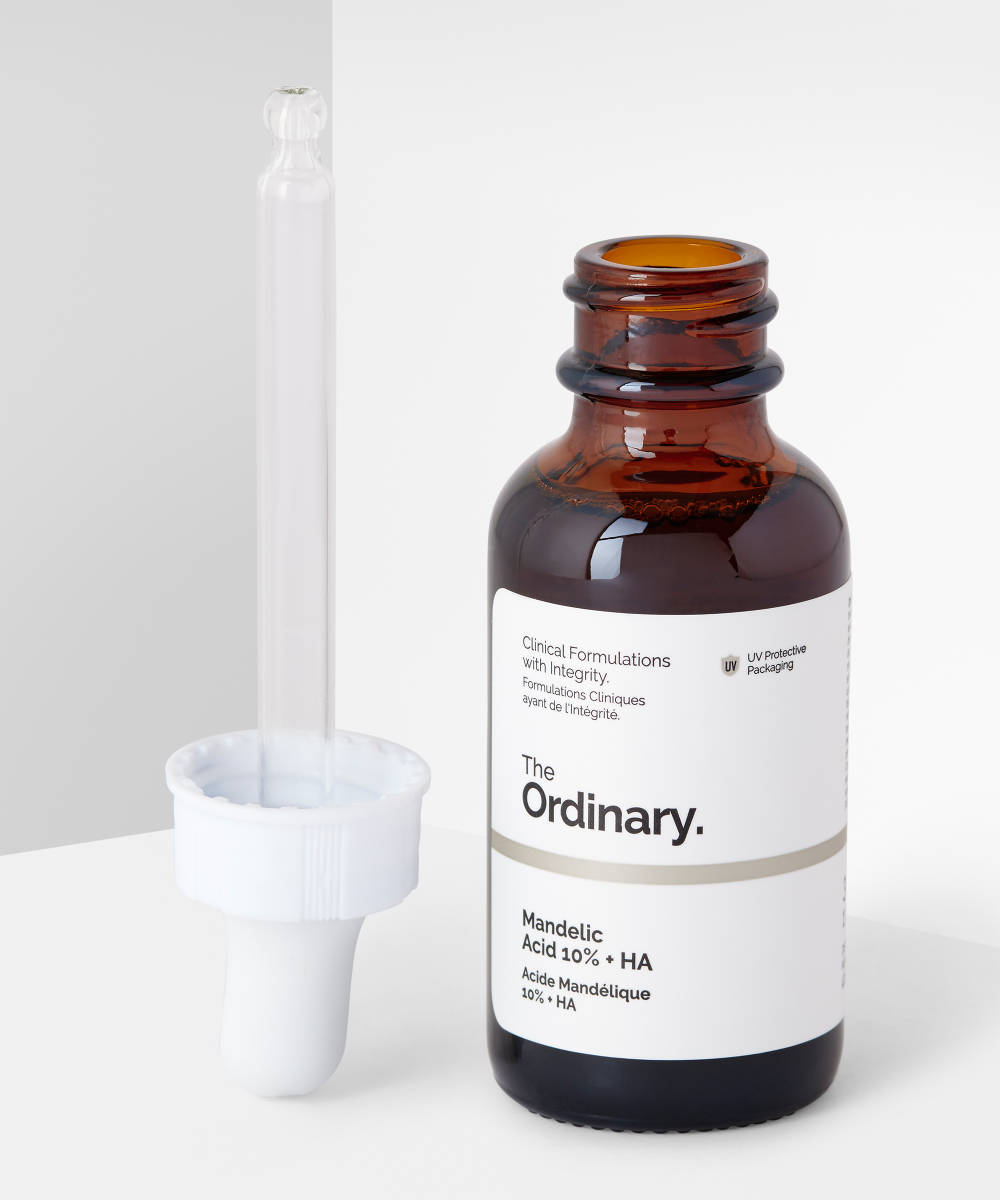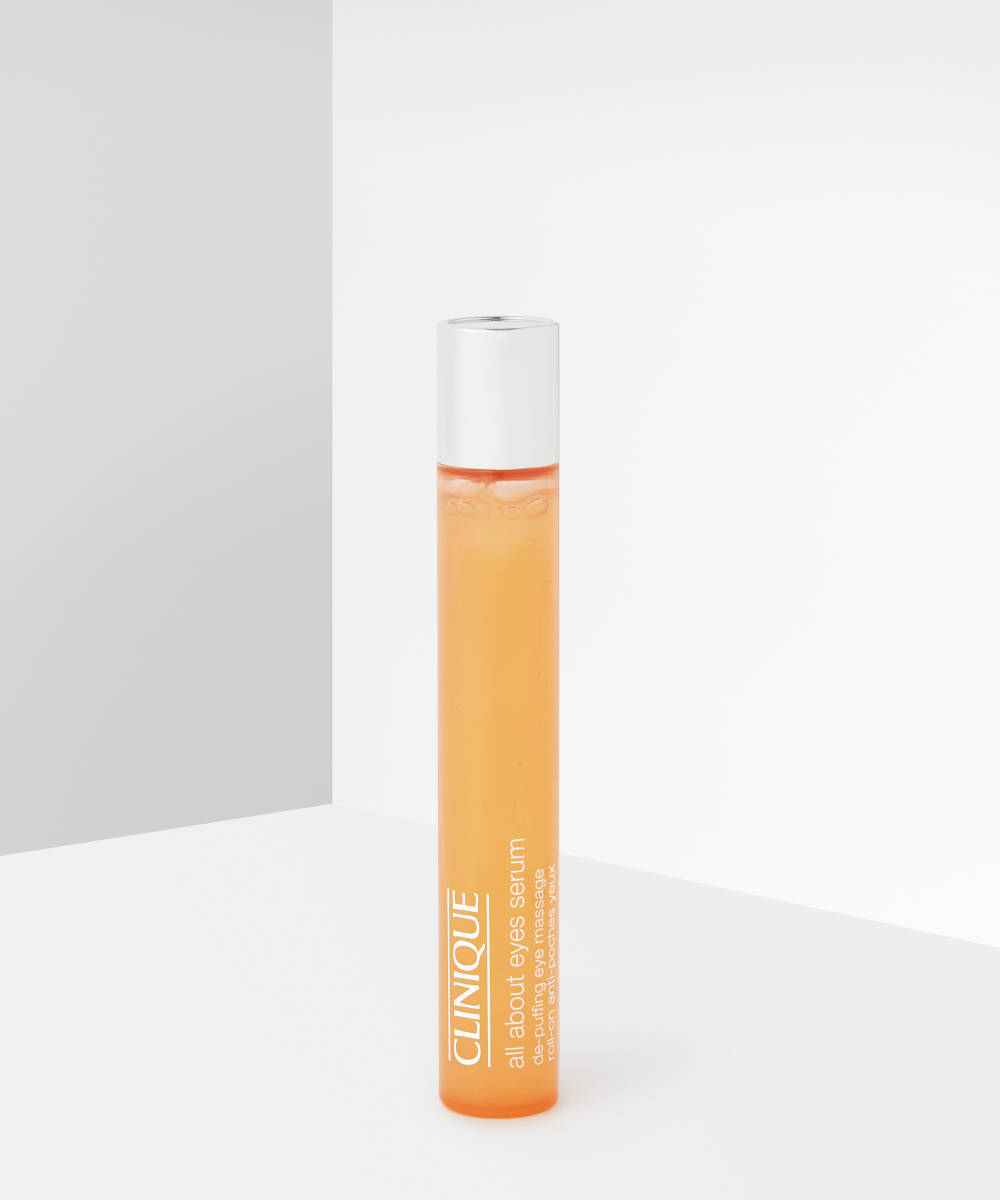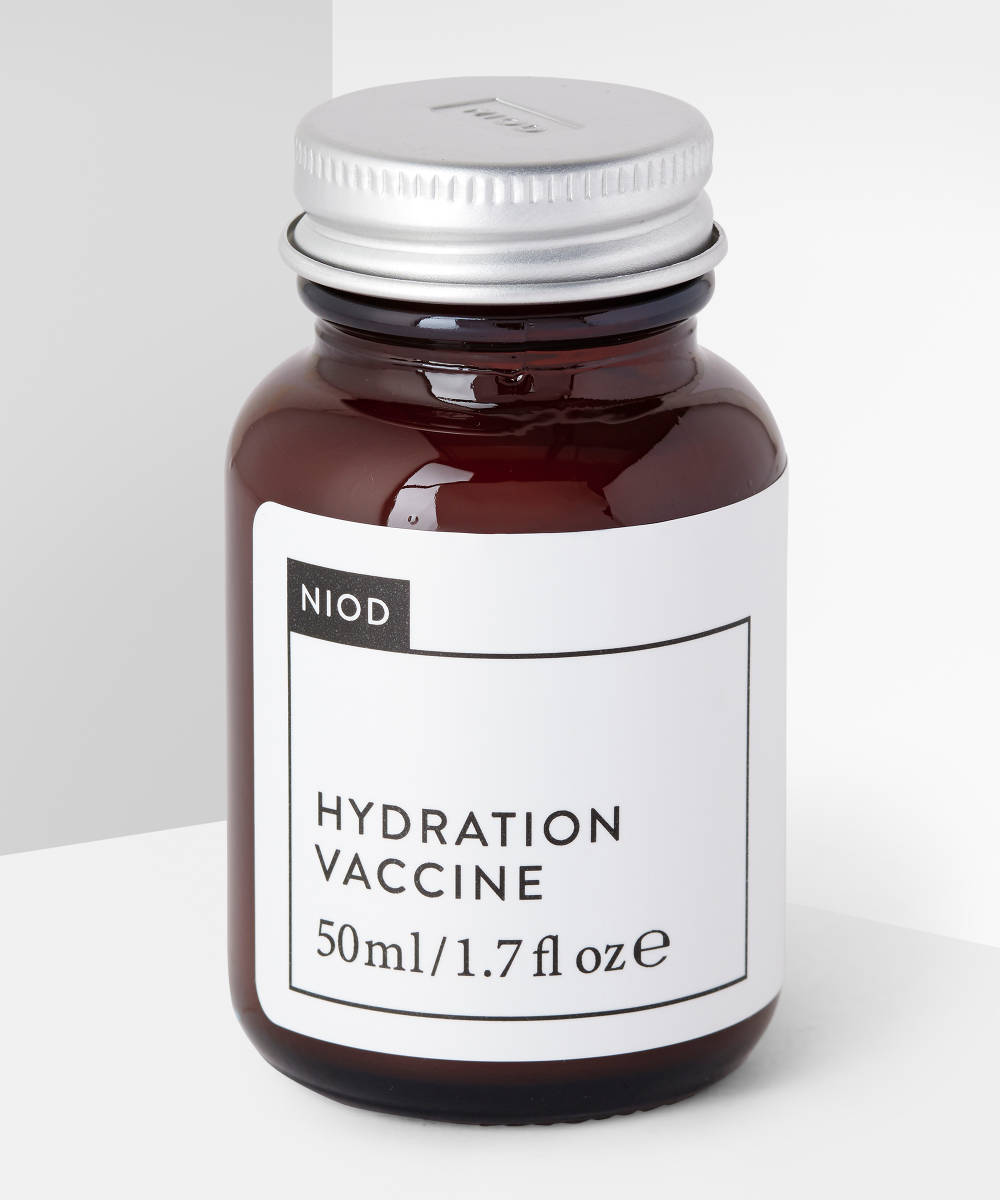Hey Grace,
I have tiny dots round my eyes which I’ve recently discovered are called milia. I’d love to know if you have any tips for treating this?
Nicole
Those tiny, firm white bumps that pop up from under your skin and just won’t disappear can be super annoying. But don’t worry, millia is actually super common and can appear at any time in people of all ages, ethnicities, and genders. While it’s completely harmless and virtually undetectable, I totally get that textured skin probably isn’t the look you’re going for, so here’s a quick guide to milia and how to treat it.
What is milia?
Milia appears as tiny white bumps and can be mistaken for whiteheads, but they’re actually keratin-filled cysts which form when keratin proteins become trapped under the skin with nowhere to go. Milia is often found in the eye area – the skin here is thin and delicate and doesn’t contain the oil glands that the rest of the face has to keep skin healthy.
What causes milia?
Milia can occur with any skin type and there’s no single, definite reason why. Most commonly, they form when dead skin blocks the pores and prevents the keratin from escaping. Experts believe that sun damage and improper makeup removal can trigger it, since sun damage causes inflammation that blocks pores, and if makeup isn’t removed properly, it will also block pores.
Can you prevent milia?
If you’re prone to getting milia, then the short answer is no. But there are a number of ways you can try to get rid of them and keep them at bay…
How can you get rid of milia?
First up, stop picking. Unlike regular spots, milia form under the skin and don’t have any connection to the surface, so picking at them won’t help. Sometimes milia will disappear on its own, as the skin’s natural process of exfoliation causes each layer of skin to shed – but if you’re too impatient to let nature run its course, these products will give a helping hand.
Thorough cleansing
Removing your makeup and double-cleansing every evening will help to keep pores clear from pore-blockers like makeup, SPF, and sebum. Use a micellar water to lift makeup followed by a light, soothing cleanser like By BEAUTY BAY Prebiotic + Avocado Oil Cleansing Gel.
Introduce a retinol
Retinols are perfect for fighting milia as they kickstart cell turnover, allowing milia to rise to the surface where it can be removed. Retinol also helps to stimulate collagen production, reduce inflammation, and clear pores, preventing a buildup of dead skin cells in the first place. Start with a gentle one like the Peace Out Retinol Eye Stick.
Try chemical exfoliation
Gentle exfoliation with a mild acid like mandelic acid will help to remove dead skin cells and excess oils, resulting in less buildup, and will allow moisturiser to penetrate skin further. Apply The Ordinary Mandelic Acid 10% + HA to skin (concentrating on areas of millia) 2-3 times a week to help treat and prevent.
Use a lighter eye cream
Rather than using thick eye creams, choose lighter, serum-like formulas instead to prevent build-up. Try the Clinique All About Eyes Serum De-Puffing Eye Massage – the delicate texture will also help to prevent puffiness.
Avoid oil-based moisturisers
Swap heavy oil-based creams for lighter water-based textures and non-comedogenic formulas that won’t block pores in areas where your skin is thin and delicate. NIOD Hydration Vaccine is a perfect alternative to rich, thick creams if you still need to pack in the hydration.
Protect skin with SPF
Increased sun exposure and milia go hand-in-hand, which is yet another reason to incorporate SPF into your daily routine, all year round. Stockpile Everyday Humans Resting Beach Face SPF30 Sunscreen Serum which is light and comfortable.
See a professional
You can also have milia professionally removed by a dermatologist who will use a sterile needle to remove the bumps – don’t try this one at home.
